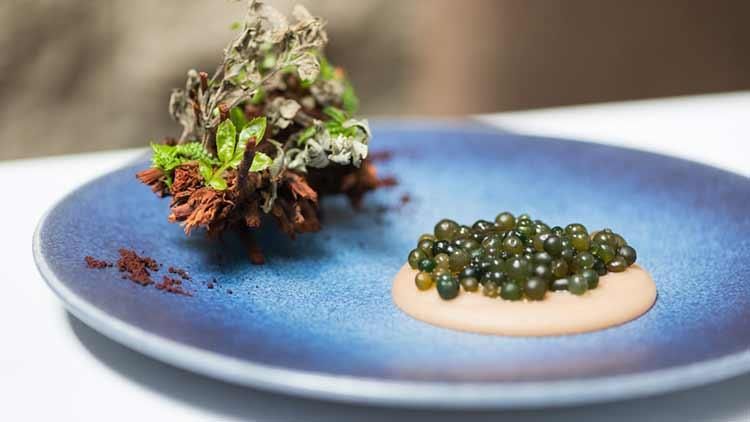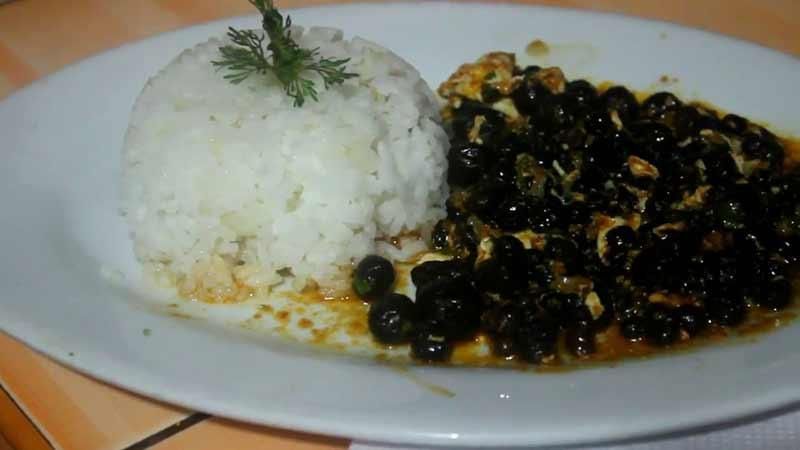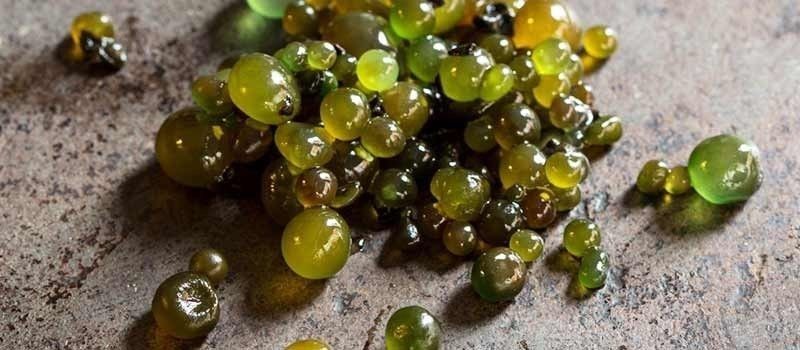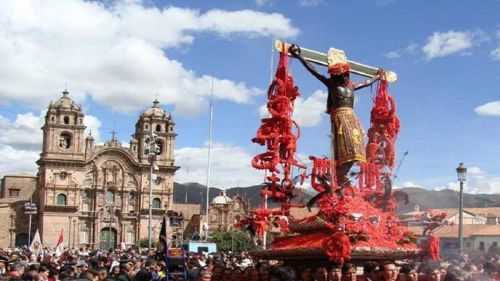Cushuro (nostoc sphaericum), also known as cusuro, murmuntu(a), llullucha, macha-macha, rachapa or simpler egg of the rivers, is a blue-green alga that is traditionally used as a food source in the Andes of Peru, Chile and Bolivia, as a natural medicine and organic fertilizer for centuries.
Because of its recently discovered high amounts of beneficial nutrients and other compounds many consider it the food of the future.
Cushuro is a wild plant that grows in lagoons, small ponds, reservoirs of fresh clean water, wetlands and other wet areas high in the Andes mountains of the Amazon, Ancash, Cajamarca, Cusco, Junin, La Libertad, Lima and Puno region on over 3000m (10,000 feet). The greenish-blue sometimes brownish alga comes in different sizes from tiny up to the size of a walnut. It is ovoid in shape and has a gelatinous consistency.
For centuries it has been part of the frugal diet of the Andean people and used in several dishes including stews and soups, just cooked as a snack or processed into liqueurs and jams. Additionally, it has been used as organic fertilizer and natural medicine; and that for good reason.

While people in the Andes today still harvest Cushuro (mostly) only for their personal use as they have done since generation, some creative and innovative chefs in Lima such as famous and highly awarded Peruvian culinary star Virgilio Martínez (chef and owner of Central restaurant in Lima’s district Miraflores, one of the 50 best restaurants in the world) bring the “Caviar of the Andes” to the tables of the Peruvian capital.
Health benefits of Cushuro
- Cushuro contains more protein than meat (29g / 100g), more calcium than milk (147mg / 100g) and much more iron than soybeans, spinach, lentils and all the other well-known iron suppliers (83mg / 100g). Furthermore, it contains all essential amino acids, healthy fats, good carbs and phosphorus as well as vitamin B1 und B2.
- Some even go as far as to say that Cushuro is one of the most nutritious foods known today; a miracle weapon against malnutrition and anemia.
- Additionally, Cushuro contains compounds that help strengthen bones (might prevent osteoporosis), increase heart function, strengthen hair roots, provide collagen to the skin, detoxify the body and improve digestion (prevent constipation).
- Recent studies show that the cyanobacterial compounds in Cushuro have antiviral and cytotoxic properties. With more research especially the cytotoxic compounds might be interesting as they inhibit cell division and in this way cause cancer cells to die.
- One newly discovered amino acid in Cushuro absorbs UV radiation, protects the skin and has antioxidant properties. This might have potential in the use in cosmetic products.
- Furthermore, in vitro studies of this year showed that Cushuro inhibits alpha-amylase, alpha-glucosidase enzymes and glucose diffusion and therefore could contribute to the treatment of Diabetes type 2.






























